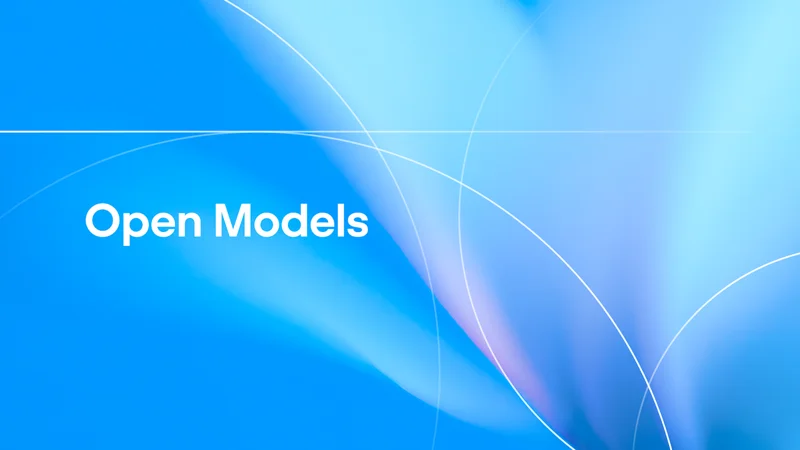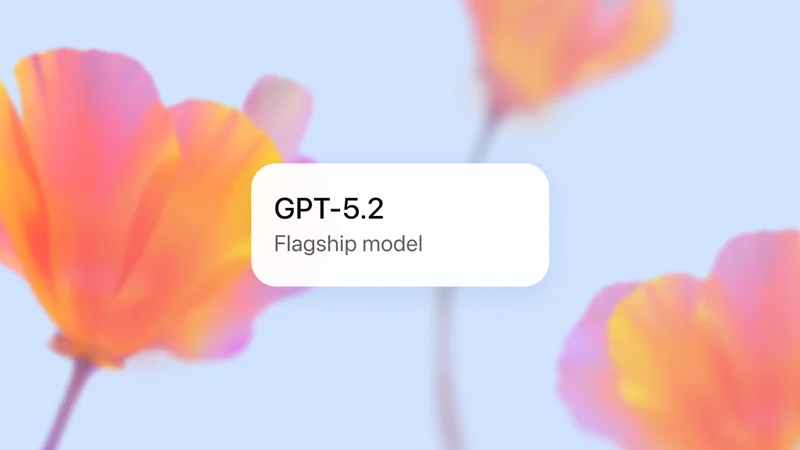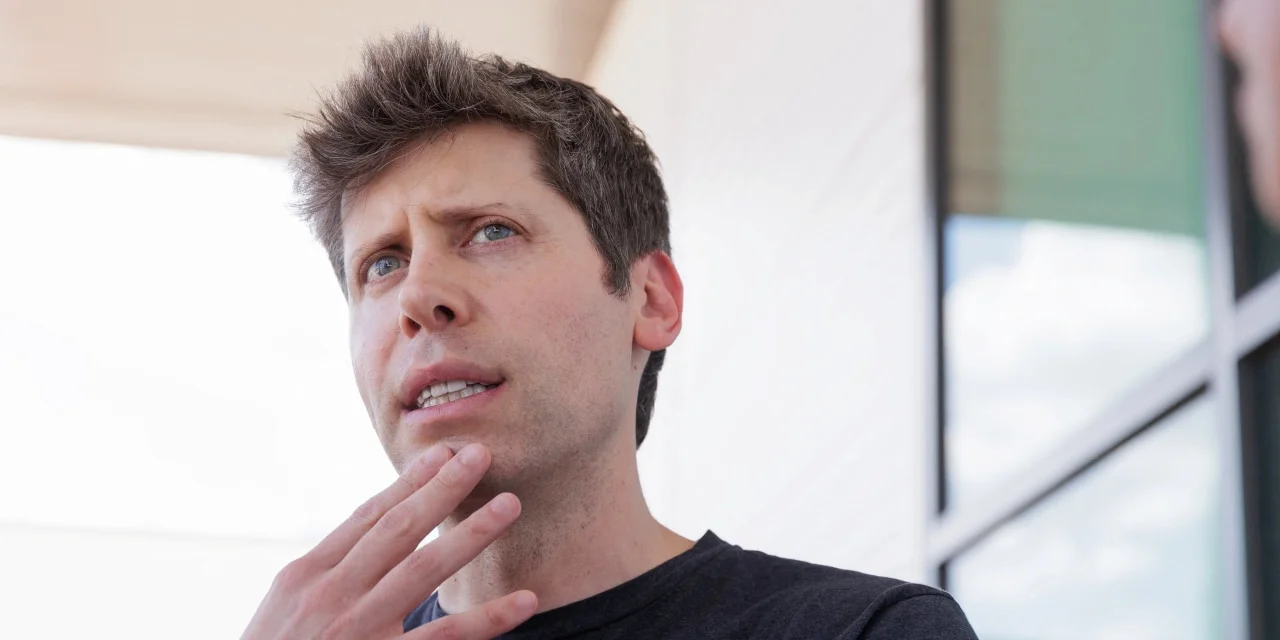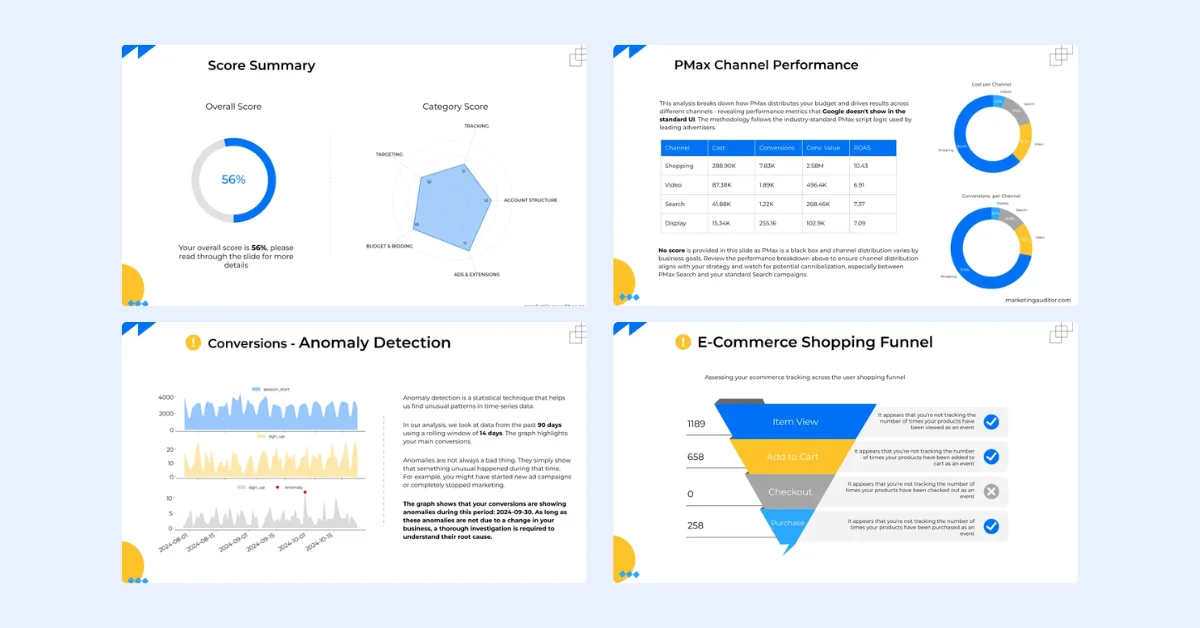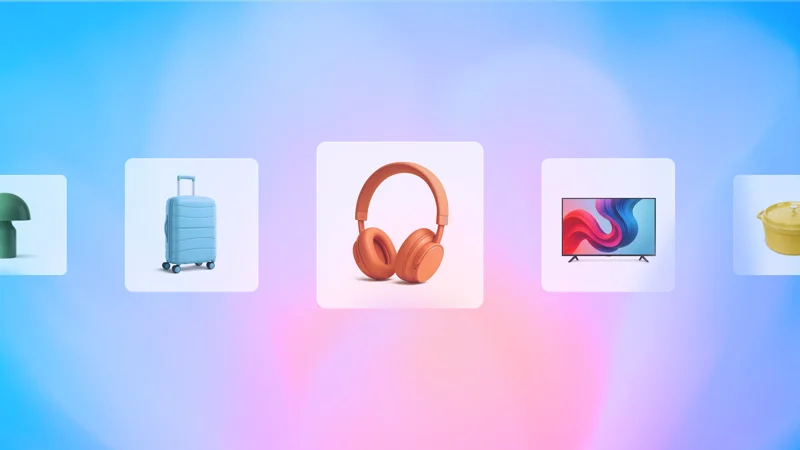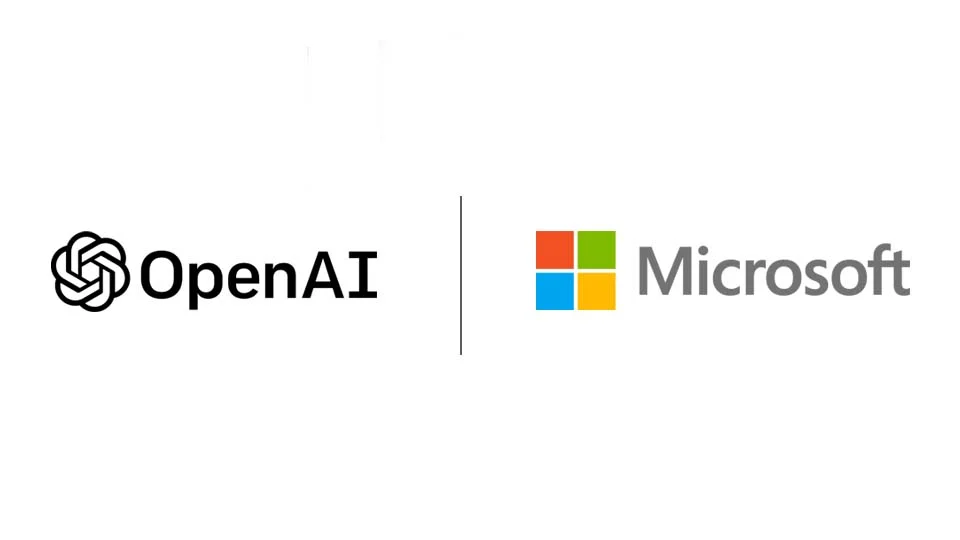OpenAI launched two open-weight AI reasoning models, gpt-oss-120b and gpt-oss-20b, available for free on Hugging Face. These models match the capabilities of OpenAI's o-series and are considered "state of the art" across benchmarks. The larger gpt-oss-120b runs on a single Nvidia GPU, while the lighter gpt-oss-20b can operate on a consumer laptop with 16GB memory. This marks OpenAI's first open language model release since GPT-2 over five years ago. The models can send complex queries to cloud AI models, enabling integration with OpenAI's more capable closed models for tasks like image processing.
OpenAI's Shift to Open Source
Historically, OpenAI favored proprietary development, building a business through API access to AI models. However, CEO Sam Altman admitted in January that OpenAI had been "on the wrong side of history" regarding open sourcing. This move responds to growing competition from Chinese AI labs such as DeepSeek, Alibaba's Qwen, and Moonshot AI, which have advanced open models, while Meta's Llama models have declined in prominence. Additionally, the U.S. government has urged AI developers to open source technology to promote global adoption aligned with American values.
Strategic Goals
OpenAI aims to regain developer favor and align with U.S. interests by releasing gpt-oss. Altman emphasized OpenAI's mission to ensure AGI benefits all humanity, expressing enthusiasm about building an open AI stack in the U.S. based on democratic values and free availability for broad benefit.
